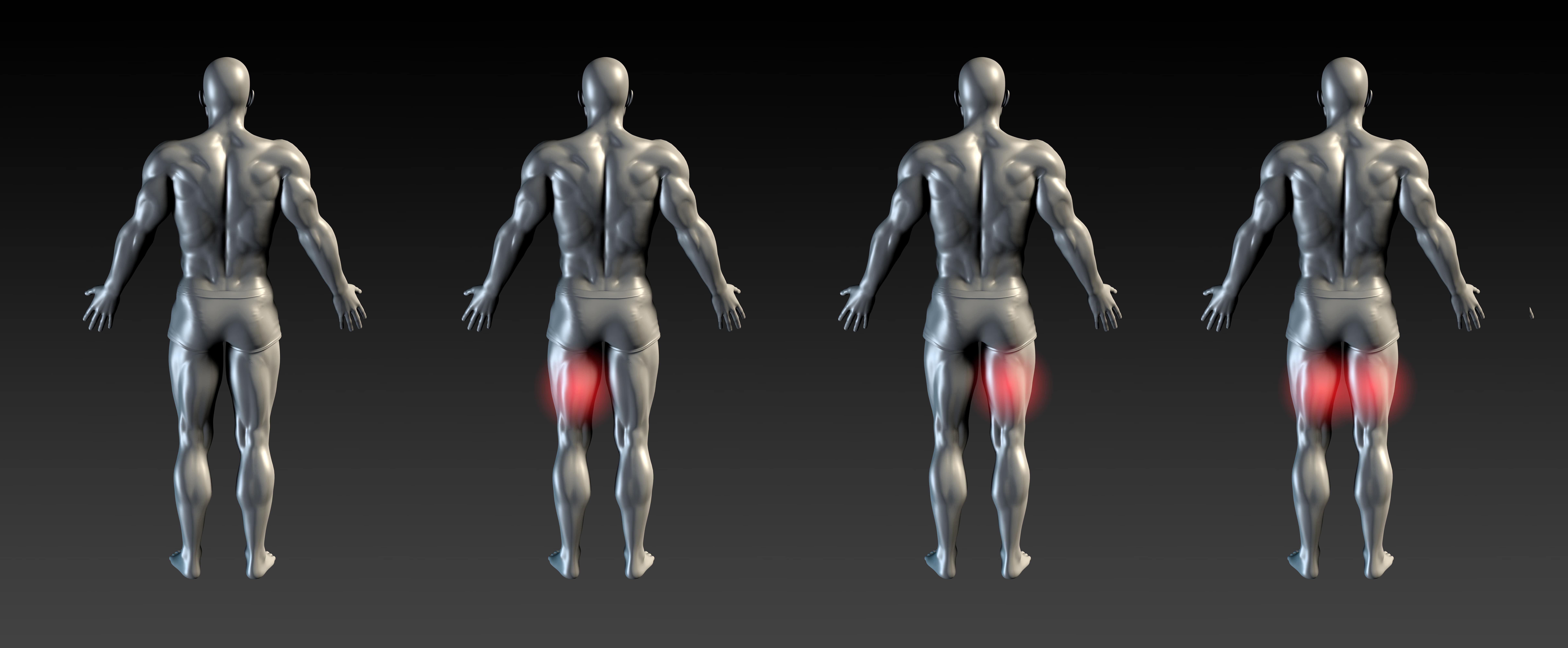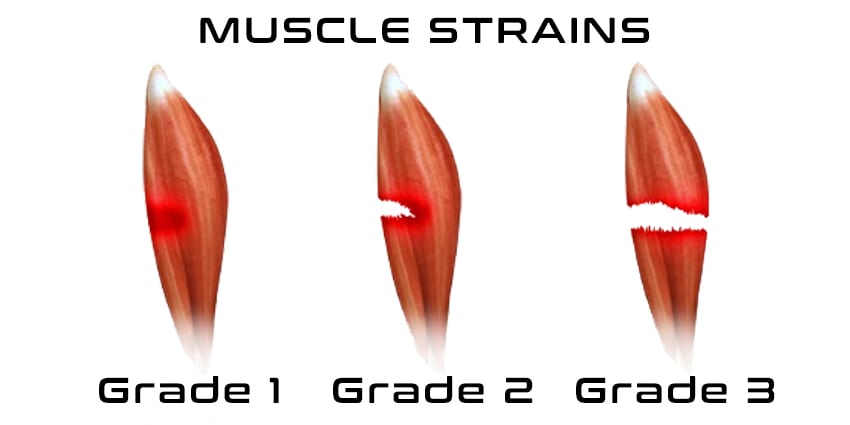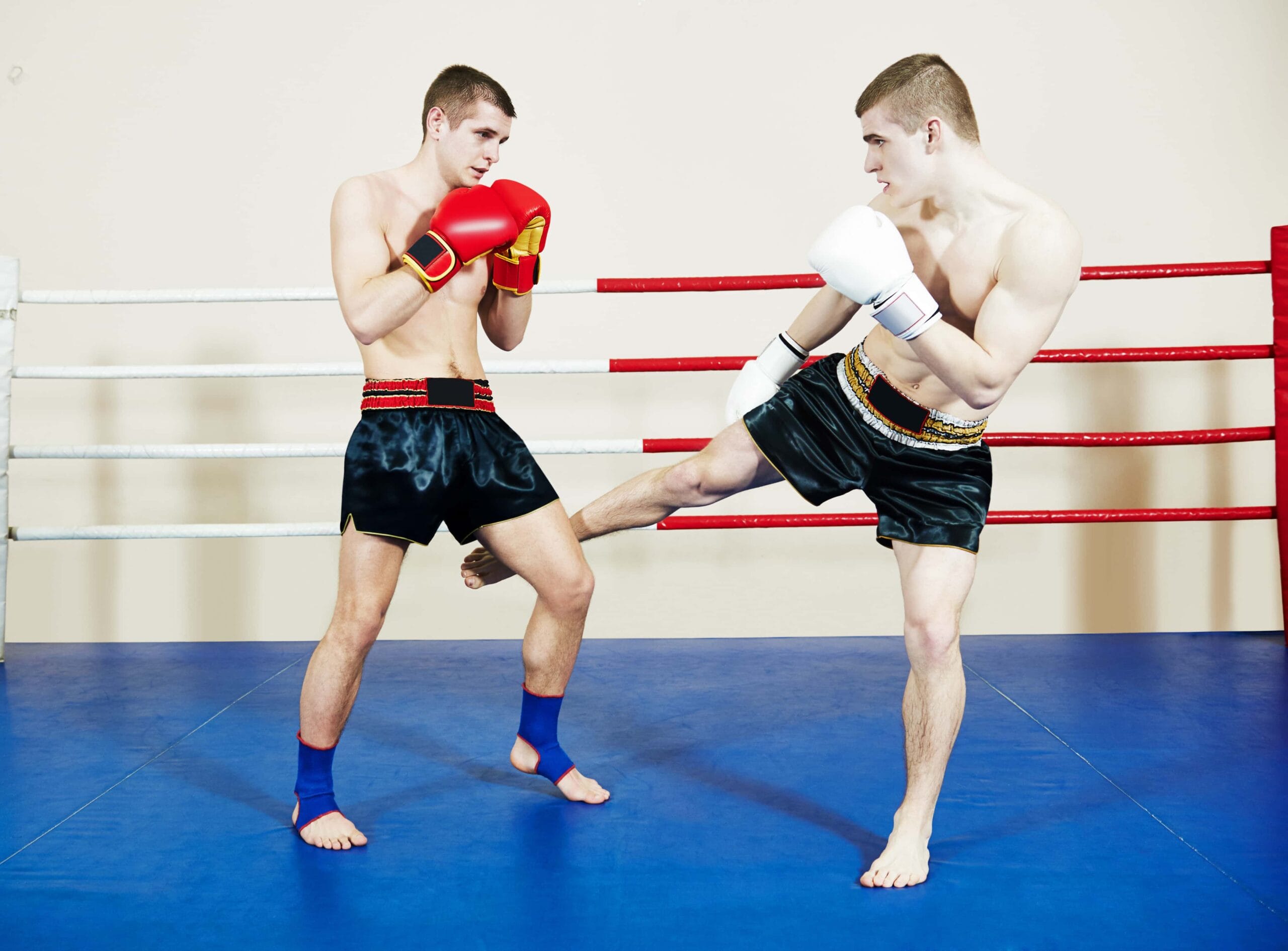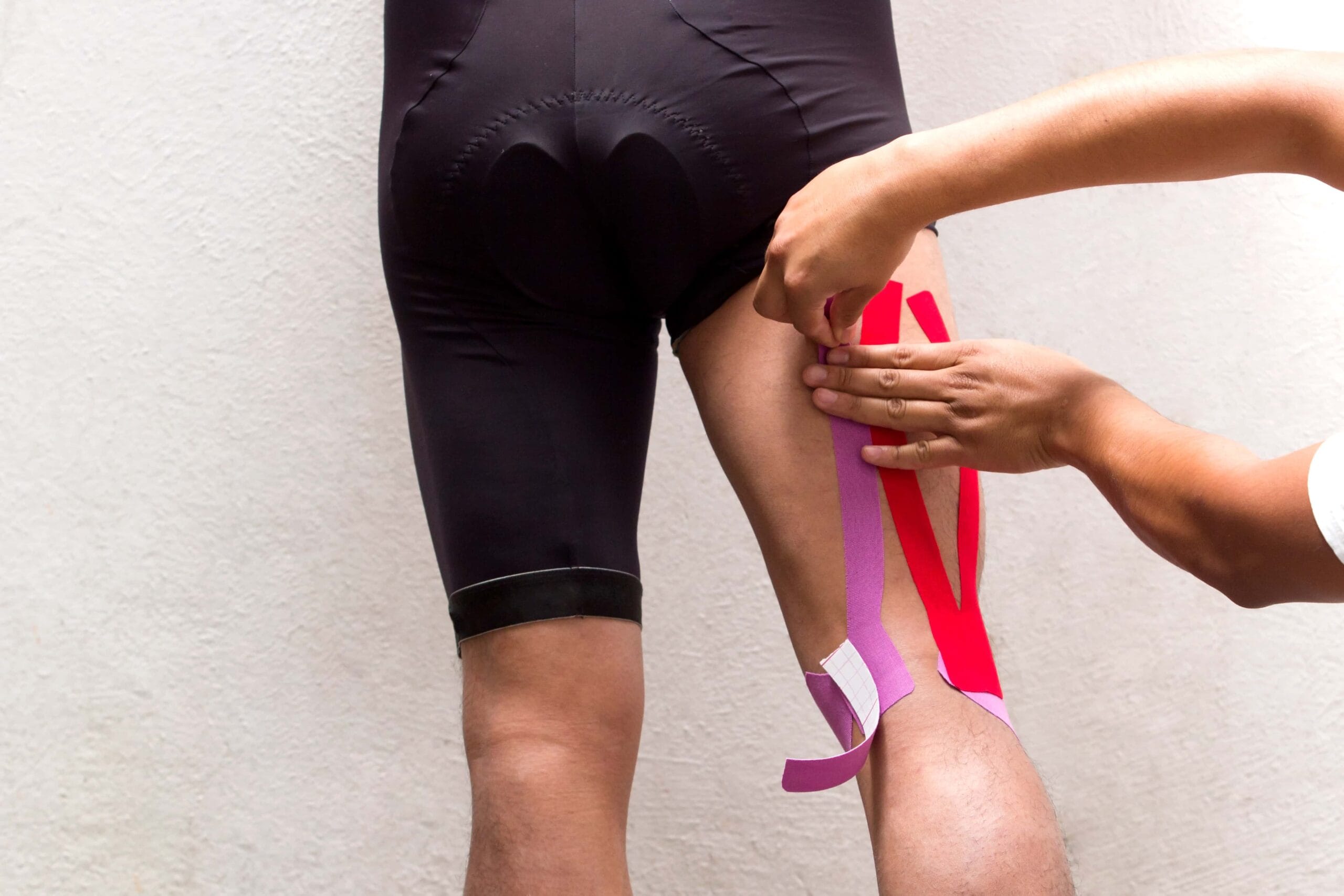Combat Arts Hamstring Injuries Overview
The hamstring muscle is not a single muscle or ‘string.’ It is a group of three muscles that run up the back of the thigh and allow the knee to bend. When an injury occurs to the hamstring, it means one or more muscles in this group have been pulled, torn, strained, ripped, overused or overloaded. The hamstring muscles control hip extension, lower leg rotation, and are vital to maintaining proper movement, gate, and balance. Most people associate all the muscles in the back of the thigh with the hamstring, however, anatomically, it a very specific set of muscles. If you want to know more, read Gray’s Anatomy.

Causes of Hamstring Injury
A hamstring injury usually happens during sparring, grappling, martial arts or fight events like UFC competitions, for example, with opponents doing extremely fast stops, starts, launching suddenly into motion from a low stance, high jumping double kicks, and striking the back of the leg close to the knee or hip.
Hamstring injuries typically result from weak hamstrings, not warming up muscles completely before training, tight quadriceps muscles that pull on hamstrings, weak glute muscles that put too much pressure on hamstrings to bear weight, biomechanical problems such as coordination timing issues, fatigue, overwork, or a slippery training floor.
Once the hamstring has been injured it tends to become weakened and easily reinjured. Reinjuring the hamstring is common. Improper technique during stances and movements can result in this injury.
Hamstring Injury Symptoms
Depending on the severity of the injury symptoms may be mild or severe. The hamstring is vitally important to physical movement. It is recommended that any discomfort in the hamstring be viewed as an injury and appropriate treatment administered.

Most common symptoms include:
Types of Hamstring Injuries
The hamstrings can be sprained or strained. They may develop hematomas or contusions following an acute injury. However, hamstring injuries are graded based on the type of disruption the muscle fibers experience.
Is Rest, Ice, Compression, and Elevation the Best Home Treatment for a Hamstring Injury?
Do You Want to Learn More?
Related Injuries
Hamstring Injury
Symptoms
Causes
In fighters, plenty of variables affect the hamstrings; the flexibility of the muscles, an athlete’s weight, hip flexor, quadriceps flexibility, and hamstring peak torque. High-speed running and maximum stretch of the hamstring in contact sports like MMA have an increased risk. The rapid acceleration and deceleration cause more hamstring injuries. Even the high velocity kicking action can cause the hamstrings to injury if they are asymmetrical.
Hamstring injuries occur because of their peculiar anatomic arrangement. Additionally, since they act over the knee and the hip joints with opposing effects on the muscle makes them vulnerable. They play a major role in deceleration and changing direction at high speeds. Since they bear the strain while transitioning from decelerating the extension of the knee to extending the hip joint, they are injured easily.
The hamstring injuries are graded as follows:
Grade 1: Mild pain or swelling, no tissue disruption, no or minimal loss of function
Grade 2: Partial disruption of tissue, moderate pain, and swelling, loss of function.
Grade 3: Complete tear, severe pain, swelling, lack of function.

To learn how Hamstring Injuries are diagnosed Click Here.
Common Injuries
In our Common Injuries section, we discuss more the sprains, strains, and muscle contusions fighters experience.
Hamstring Injury Diagnosis
Radiology forms the cornerstone for the diagnosis of all hamstring injuries. Since they are no life-threatening injuries, the imaging is not immediate but an MRI is essential.
Injury Specific Diagnosis
Hamstring Injury
Physical Exam
The physical examination needs to be very thorough. It determines the location of the hamstring injury. The doctor will look for localized swelling in the posterior thigh. Any tenderness while palpating the thigh is significant. Induration in the posterior thigh along the hamstring muscle is indicative of injury.
For fighters who have a complete rupture, doctors may find a palpable defect within the hamstrings. The strength and range of motion are tested and compared with the healthy side.
During the exam, the fighter lies prone, and the hip is positioned at 0° of extension. Knee flexion is tested with resistance at the heel. Knee flexion is at 15°, and 90°. Pain or weakness is a positive sign. Hip flexion and knee extension is limited and is commonly seen in hamstring injury.

Imaging
Plain radiographs are done to rule out a fracture. However, plains films will not show any injury to the muscle. Ultrasound and MRI are diagnostic. The injury is seen with edema and hemorrhage. An MRI can differentiate recurrent injury from any previous scarring.
Lab Tests
Blood tests are not required to diagnose a hamstring injury.
To learn how Hamstring Injury is treated Click Here
Common Diagnoses
Learn more about the various imaging modalities used to diagnose muscular injuries in our Common Diagnoses section.
Hamstring Injury Treatment
The treatment for a hamstring injury is very straightforward and similar to those for sprains and strains. More attention needs to be paid to training and warming up hamstring muscles to prevent this injury.
Injury Specific Treatment
Hamstring Injury
Emergency Treatment
Stop all aggravating activities. Rest and ice the affected hamstring. Immediate MRI for high profile athletes is recommended. Treatments depend on the grade of the tear.
Medical Treatment
Grades I and II strains are treated with rest, ice packs, and immobilization. Pain and inflammation are managed with NSAIDs and analgesics. Gradual stretching and strengthening are resumed. NSAIDs are only given for one week. A fighter can use crutches until he can walk pain-free.

For grade III, if there is an isolated single tendon avulsion injury with less than 2 cm of retraction surgery is advised. This repair is done 4 weeks after the injury is diagnosed. Other treatments like ultrasound, therapeutic laser, electric stimulation, massage, and extracorporeal shock wave (ECSW) treatment have been thrown about but there is no evidence to suggest they work.
Home Treatment
Use R.I.C.E. treatment of rest, ice, compression, and elevation along with alternative treatments, if desired. A non-invasive treatment approach may take 3 to 6 months before an injury is fully healed. Periodically evaluate the injury. The injury may be very mild and benefit from rest and time off from training until healed. Or it may be a severe hamstring injury requiring surgery to effectively repair and heal correctly.
Hamstrings may be strengthened to help prevent injury. Physical therapy or strength training for hamstrings is highly recommended to prevent future re-injury.
Common Treatments
Learn how physical therapy, medications, surgery, and other approaches in our Common Treatments section are used to treat muscle sprains and contusions.
